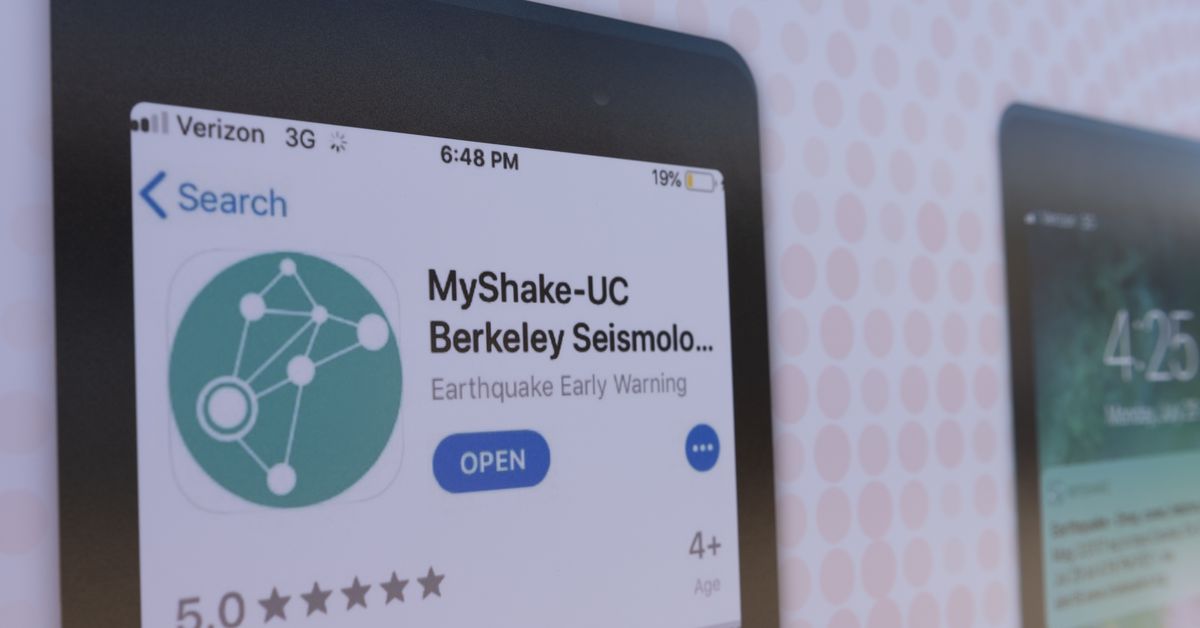
The image was taken by Yichuan Cao/Nur Photo.
The system gave people crucial seconds of warning before the earthquakes. It buzzed through half a million phones before the largest earthquake since ShakeAlert was rolled out across the entire state.
The United States Geological Survey has a sensor network. If the data from the sensors says there will be a major shaking in the area, people living there will get an alert through the MyShake app or the wireless emergency alert system on their phones. The California Office of Emergency Services has a partnership with the US Geological Survey.
The epicenter of Monday's earthquake was off the coast of a small town called Petrolia, and 45 miles from the nearest population center. Robert de Groot, a ShakeAlert coordinator with the US Geological Survey, told The Guardian that it was a successful proof of concept for the first substantial earthquake handled by the system. There were no deaths caused by the earthquake.
The ShakeAlert system was first introduced in Los Angeles, before being rolled out to all of California in 2019. When a 6.4 magnitude earthquake hit around 150 miles outside of the city, the system was in place but didn't set off an alert because the expected shaking wasn't strong enough to cross the app's threshold. The developers of the app lowered the threshold before the state-wide roll out because users complained they didn't get an alert even though they felt shaking.
The scientists behind ShakeAlert can use the information from the most recent earthquake to improve the system. De Groot told The Guardian that they are going to learn the most from real earthquakes. It gives us the chance to use the system and learn how to alert people better.
